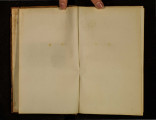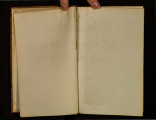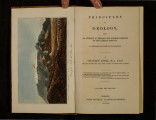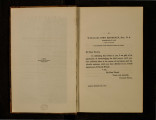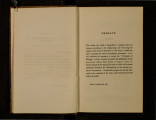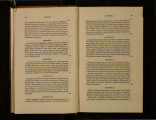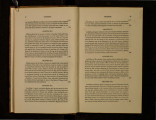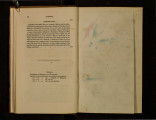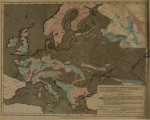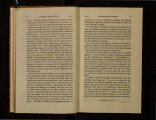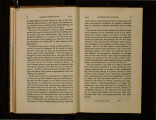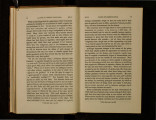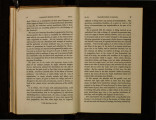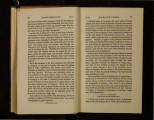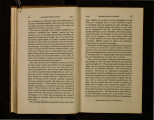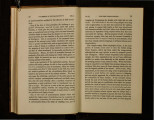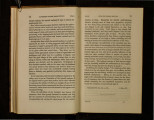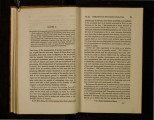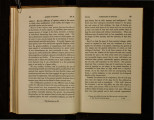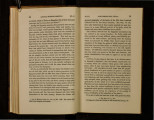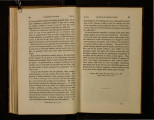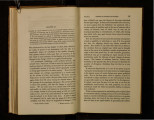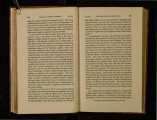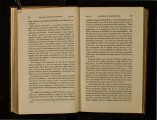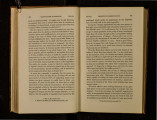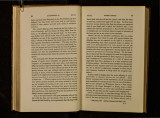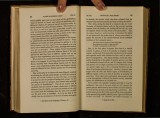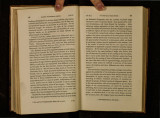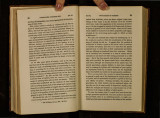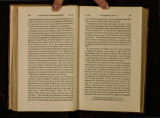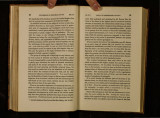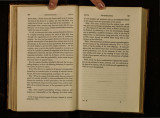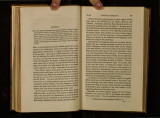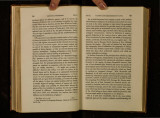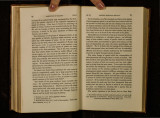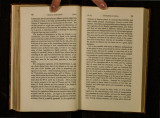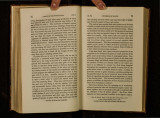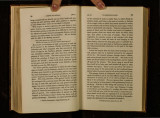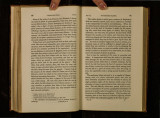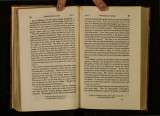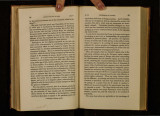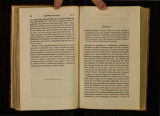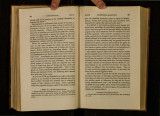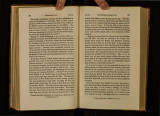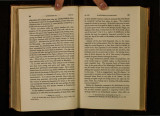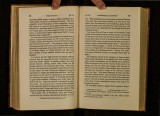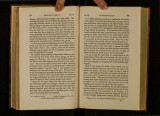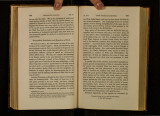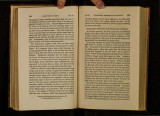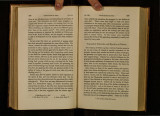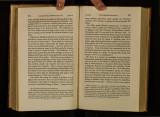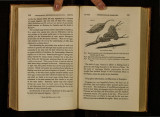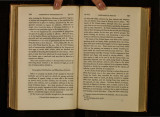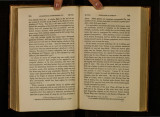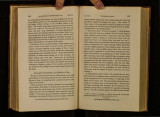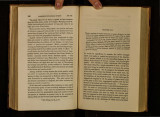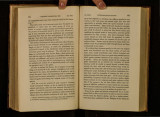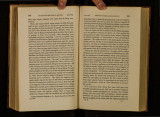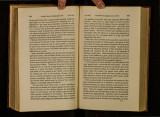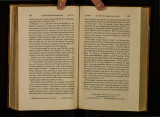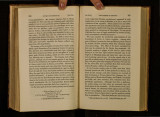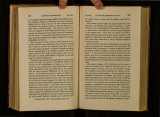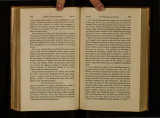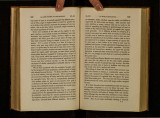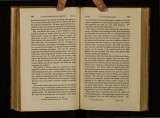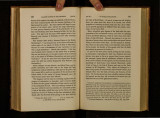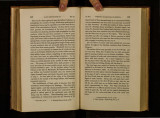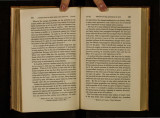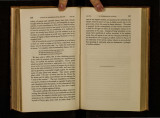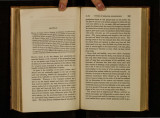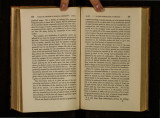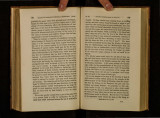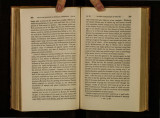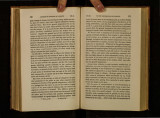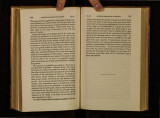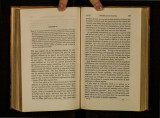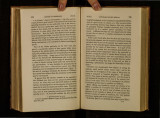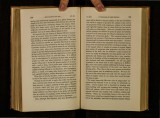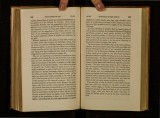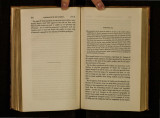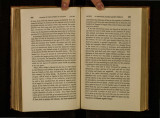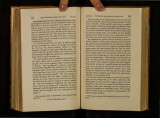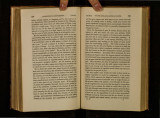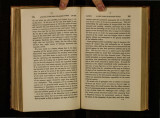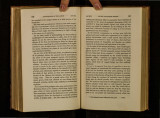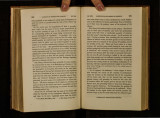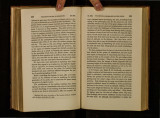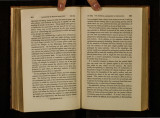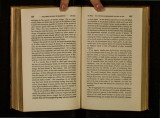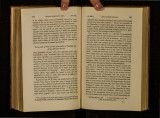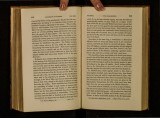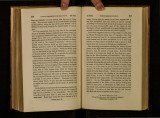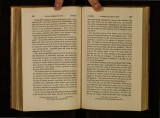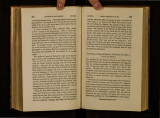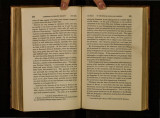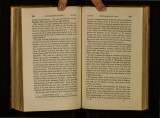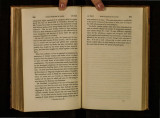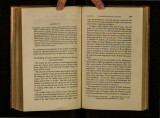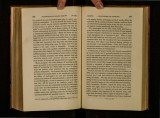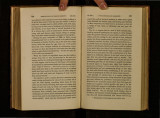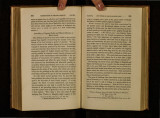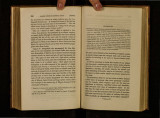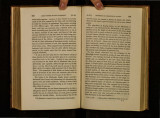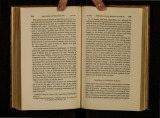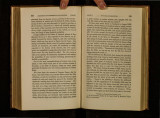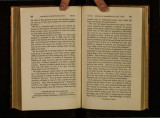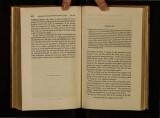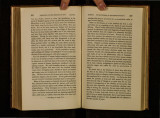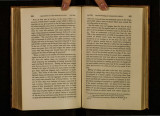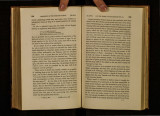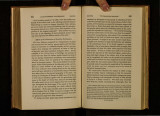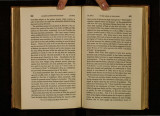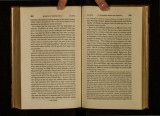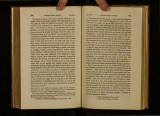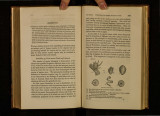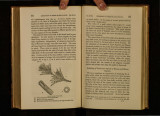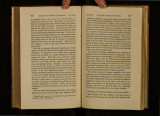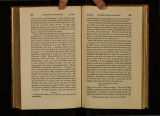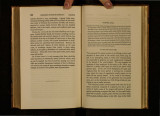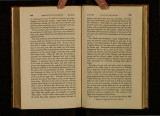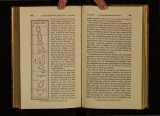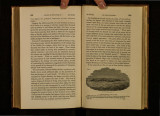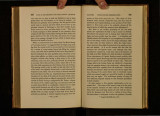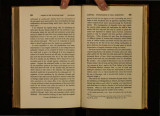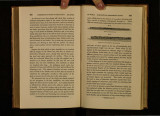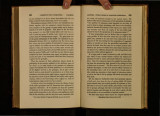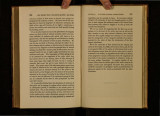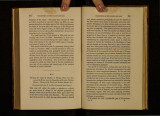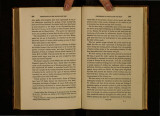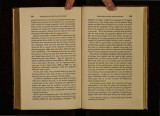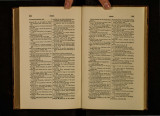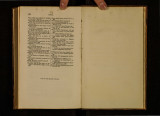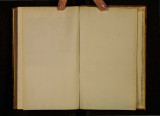| OCR Text |
Show 148. CHANGES CAUSED BY TilE PROGRESS [Ch. IX. the natural diversity of the stations of animals and plants in every coun t ry, an d to ,~. educe them all to a small number fitted for species of economical use. He may succeed perfectly in at~ taining his object, even though the vegetation be comparatively meagre, and the total amount of animal life be gr~atl.y lessened. Spix and Martius have given a lively descr1pt10n of t?e incredible number of insects which lay waste the crops m Brazil besides swarms of monkeys, flocks of parrots and other birds, as well as the paca, agouti, and wild swine. They describe the torment which the planter and the. naturalist suffer from the musquitoes, and the devastatiOn of the ants and blattre; they speak of the dangers to which they were exposed from the jaguar, the poisonous serpents, lizards, scorpions, centipedes, and spiders. But with the increasing population and cultivation of the country, observe these naturalists, these evils will gradually diminish; when the inhabitants have cut down the woods, drained th~ marshes, made roads in all directions, and founded villages and towns, man will by degrees triumph over the rank vegetation and the noxious animals, and all the elements will second and amply recompense his activity*. The number of human beings now peopling the earth is supposed to amount to eight hundred millions, so that we may easily understand how great a number of beasts of prey, birds, and animals of every class, this prodigious population must have displaced, independently of the still more important consequences which have followed from the derangement brought about by man in the relative numerical strength of particular species. Let us make some inquiries into the extent of the influence which the progress of society has exerted, during the last seven or eight centuries, in altering the distribution of our indigen~us British animals. Dr. Fleming has prosecuted this inquiry '~1th his usual zeal and ability, and in a memoir i" on the subJect * Travels in Brazil, vol. i., p. 260. t Ed. Phil. J ourn., No. :u.ii., P• 287. Oct. 182-L Ch. IX.] OF llUMAN POPULATION. 149 has enumerated the ~ best-authenticated examples of the decrease or extirpation of certain species during a period when our population has made the most rapid advances. We shall offer a brief outline of his results. The stag, as well as the fallow deer and the roe, were formerly so abundant that, according to Lesley, from five hundred to a thousand were sometimes slain at a hunting-match; but the native races would already have been extinguished, had they not been carefully preserved in certain forests. The otter, the marten, and the polecat, were also in sufficient numbers to be pursued for the sake of their fur ; but they have now been reduced within very narrow bounds. The wild cat and fox have also been sacrificed throughout the greater part of the country, for the security of the poultry-yard or the fold. Badgers have been expelled from nearly every district which at former periods they inhabited. Besides these, which have been driven out from some haunts, and everywhere reduced in number, there are some which have been wholly extirpated ; such as the ancient breed of indigenous horses, the wild boar, and the wild oxen, of which last, however, a few remains are still preserved in the parks of some of our nobility. The beaver, which was eagerly sought after for its fur, had become scarce at the close of the ninth century, and, by the twelfth century, was only to be met with, according to Giraldus de Barri, in one river in Wales, and another in Scotland. The wolf, once so much dreaded by our ancestors, is said to have maintained its ground in Ireland so late as the beginning of the eighteenth century (1710), though it had been extirpated in Scotland thirty years before, and in England at a much earlier period. The bear, which in Wales was regarded as a beast of the chace equal to the hare or the boar*, only perished as a native of Scotland in the year 1057 t; Many native. birds of prey have also been the subjects of unremitting persecution. The eagles, larger hawks, and ravens, have disappeared from the more cultivated districts. The * Ray, Syn. Quad., p. 214. f Ibid., p 295. |




